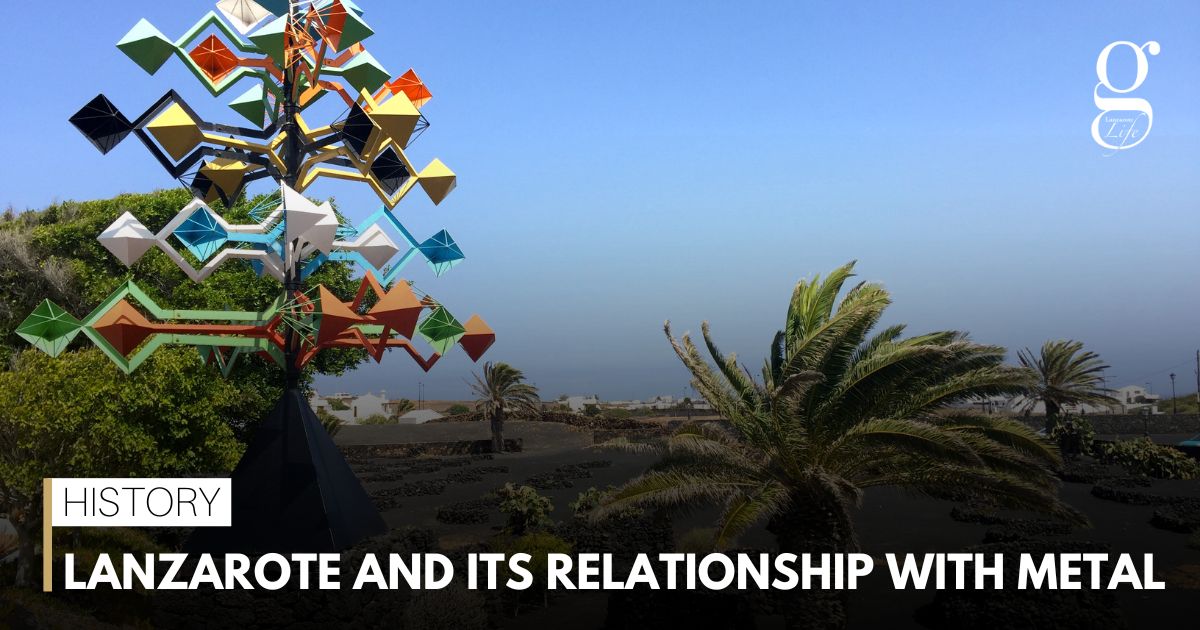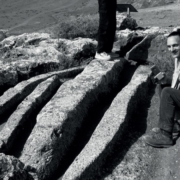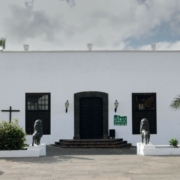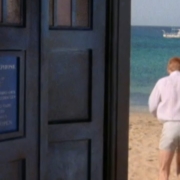Metal came late to the Canaries, but it is now an essential part of the island’s architectural and artistic heritage.
In 1402, when the first mercenaries invaded the islands in the name of Spain, the local Guanche and Maho natives still lived in the stone age. Their conquerors were carrying swords of Toledo steel – the peak of weapons technology at the time, against which the stones and spears of the islanders stood no chance.
Spain soon brought its metalworking culture to the islands. Wrought ironwork was an essential part of Spanish colonial style and can still be seen in older areas of the islands. Later, the tourist boom led to huge hotels, in which steel played a hugely important part.
Metal has also influenced the art of the islands, and that is nowhere more evident than in the works of César Manrique. His wind toys – fascinating, whirling, mobile sculptures – are all made of steel as are the deliberately rusted sculptures of devils and blind crabs at Timanfaya and Jameos del Agua.
A closer look at any of the tourist centres on Lanzarote will reveal the level of detail Manrique applied – even the wastepaper bins and ashtrays are made of metal and designed to his specifications. Other artists, such as French sculptor Mick Gonnel have since echoed Manrique’s love for sculptures and recycled ironmongery.
Nowadays, many of the structural frameworks that define our modern way of living – from patio doors to balconies; from banisters to barbecues, are based around the immense strength and adaptability of steel.
For regular updates, pictures and videos of Lanzarote be sure to like and follow our Facebook page “Gazette Life Lanzarote”.











